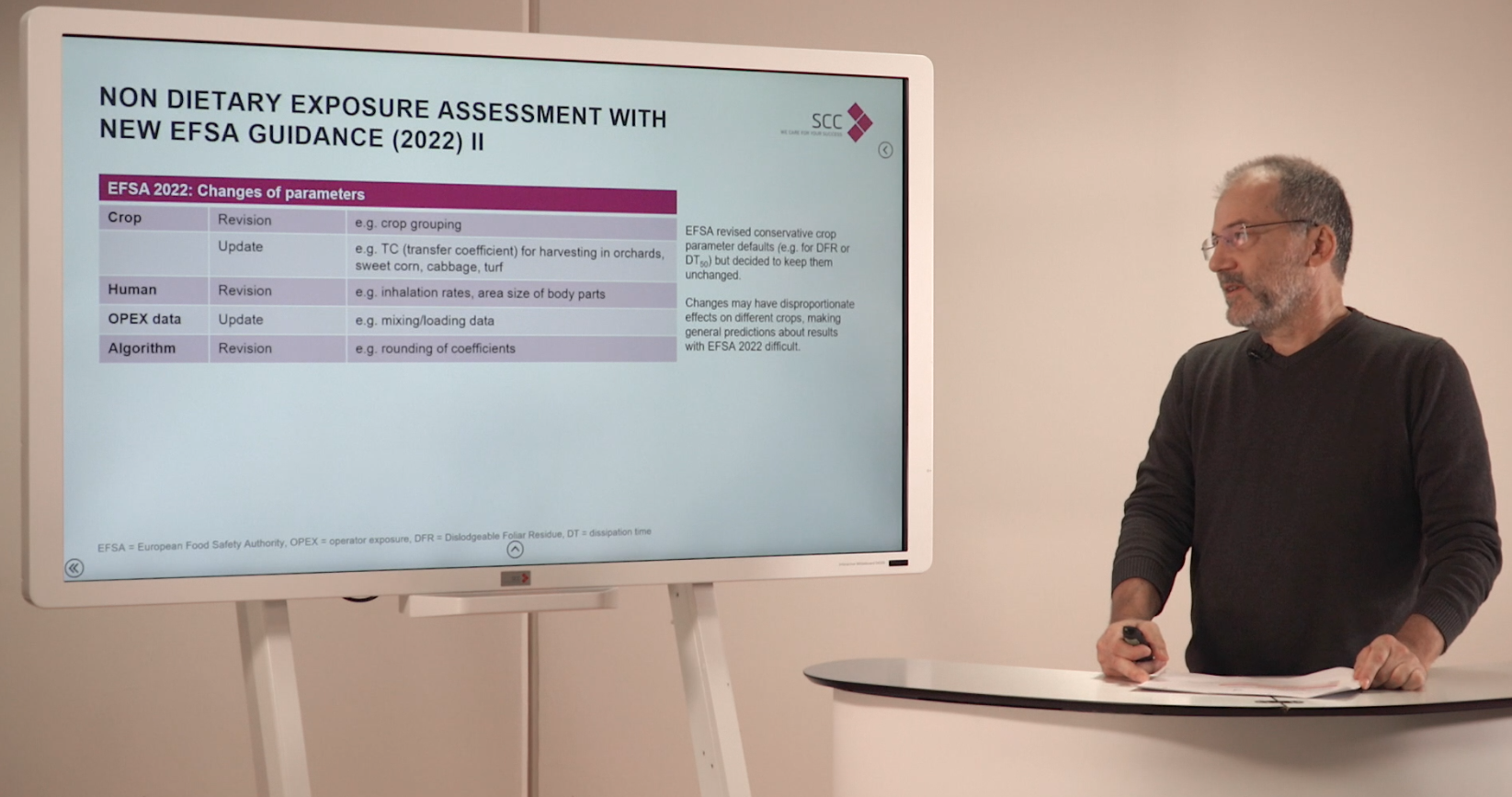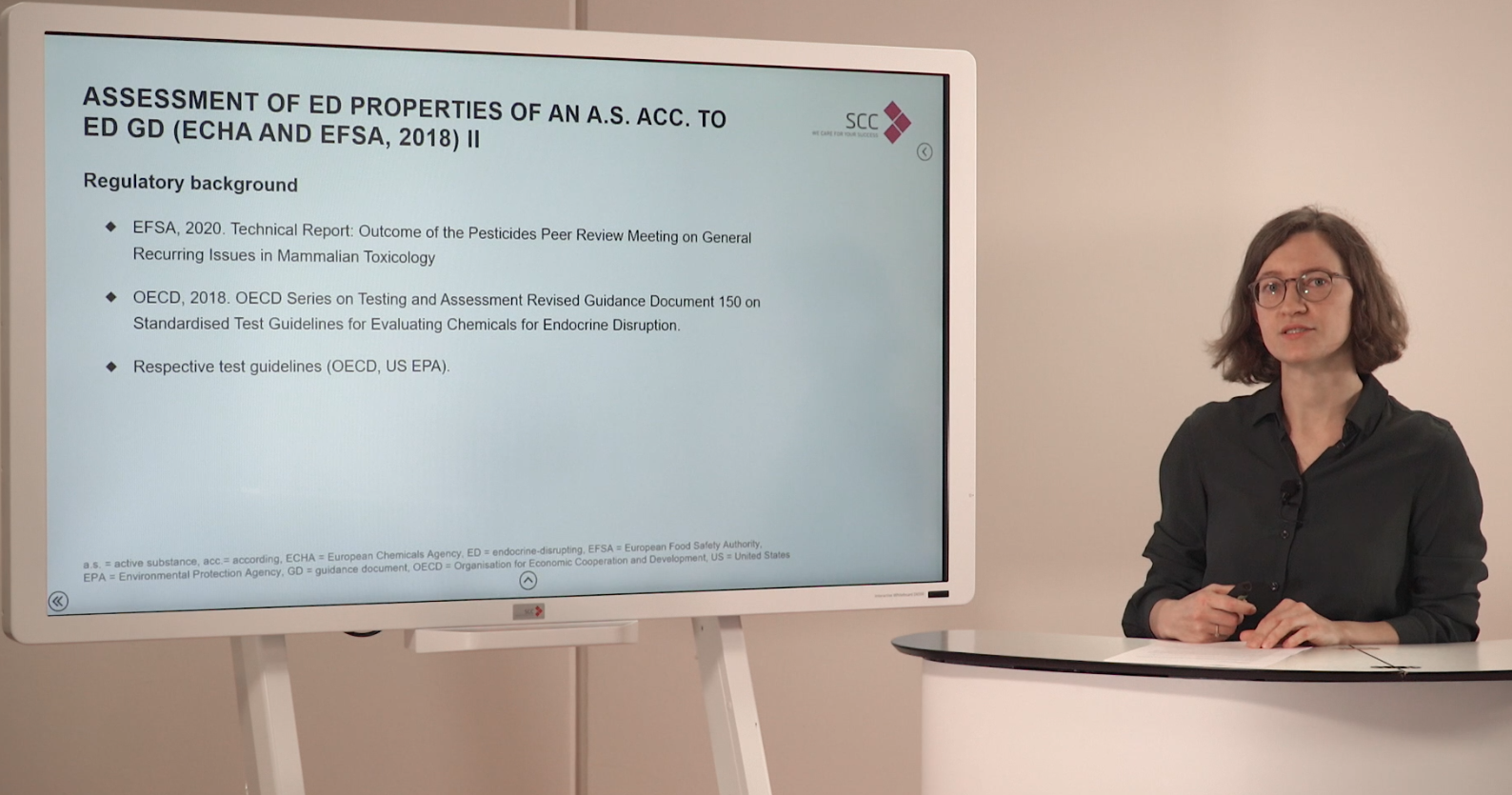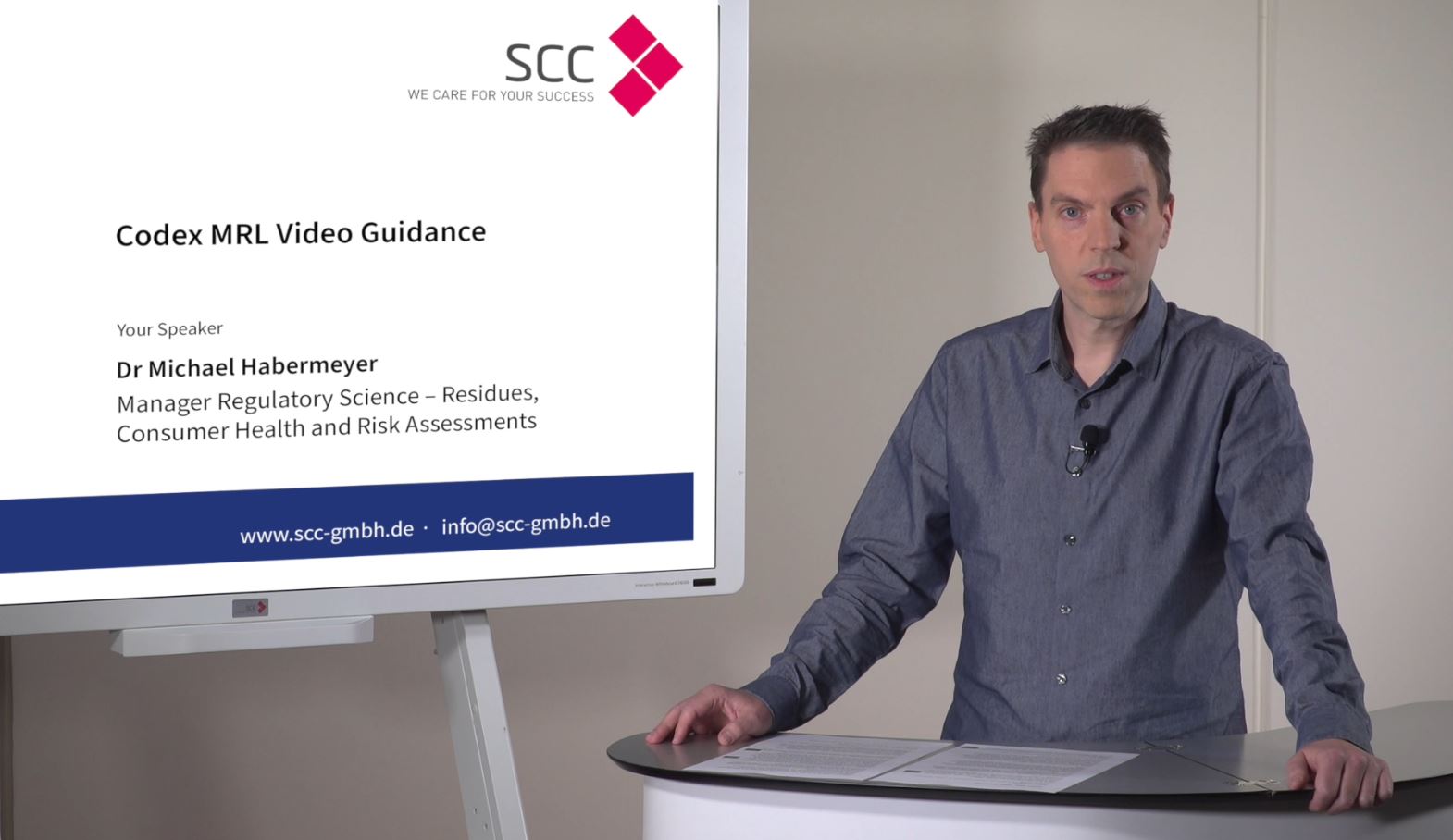
Science and Tools
Pesticide residues: Concept of Grouping, Read-across and Prioritisation for Hazard and Risk Assessments of Active Substance Metabolites
Authors: Svenja Termeer de Amanqui, Volker Harder, Jürgen Stein
Plant protection product use in agriculture can lead to findings of their active substance (a. s.) metabolites in food, feed and drinking water [1,2]. Consumers are exposed to these a.s. metabolites through dietary intake and drinking water, raising potential public health concern that requires thorough assessment [1]. Guidance documents [2,3] outline methodologies for identifying and characterising hazards of these residues of a. s. metabolites. The forthcoming update of the OECD guidance [4] will incorporate current scientific approaches and tools, including grouping and read-across. Additionally, EFSA has launched a public consultation on its draft guidance for applying read-across in chemical safety assessments for food and feed [5].
(Q)SAR and Read Across Analyses in Regulatory Assessment of Pesticide Metabolites and Impurities in the Light of Current Insights and Demands
Authors: Svenja Termeer de Amanqui, Volker Harder
Consumers can be exposed to pesticide residues potentially containing active substances (a.s.) and concomitantly to impurities and residue metabolites. As these substances may have properties of concern for human health, they need to be evaluated. In contrast to the comprehensive toxicological data set of an a.s., toxicological information on metabolites and impurities is generally scarce or non-existent. Based on legislation there is the possibility to apply New Approach Methodologies to assess the toxicological relevance of a.s. metabolites and impurities. (Quantitative) structure activity relationship ((Q)SAR) and read across (RA) analyses enable rapid and feasible hazard assessments.
IUCLID 6 Release
Date: 21 July 2022
In May 2022, a new IUCLID 6 release came out. We took a look at the changes and brought them together for you in a short summary. Among improved features, the IUCLID user will find:






